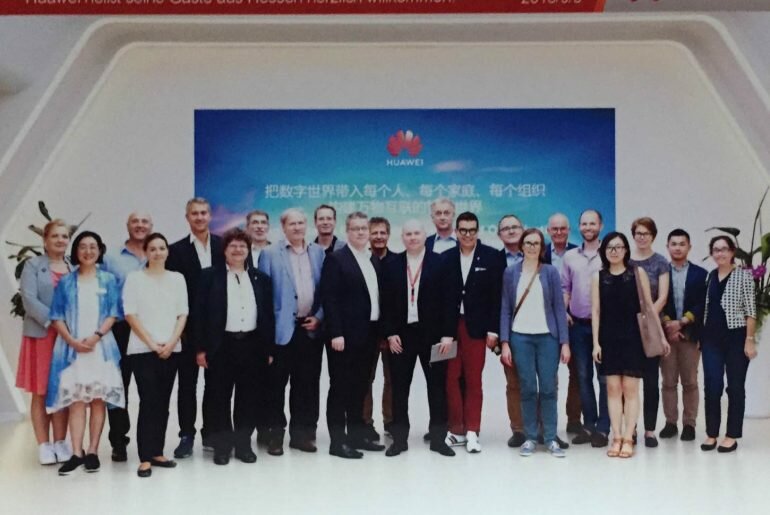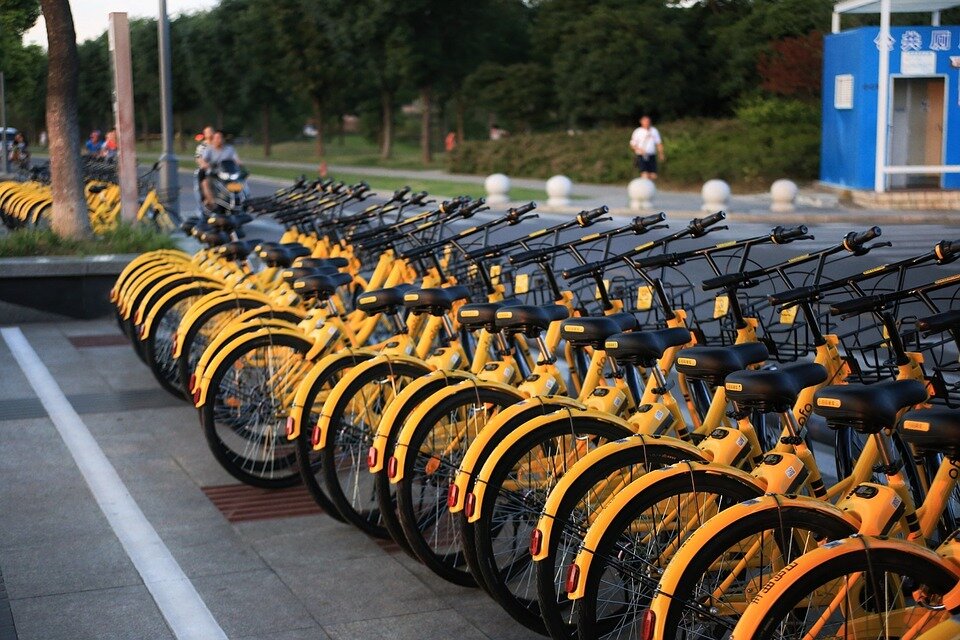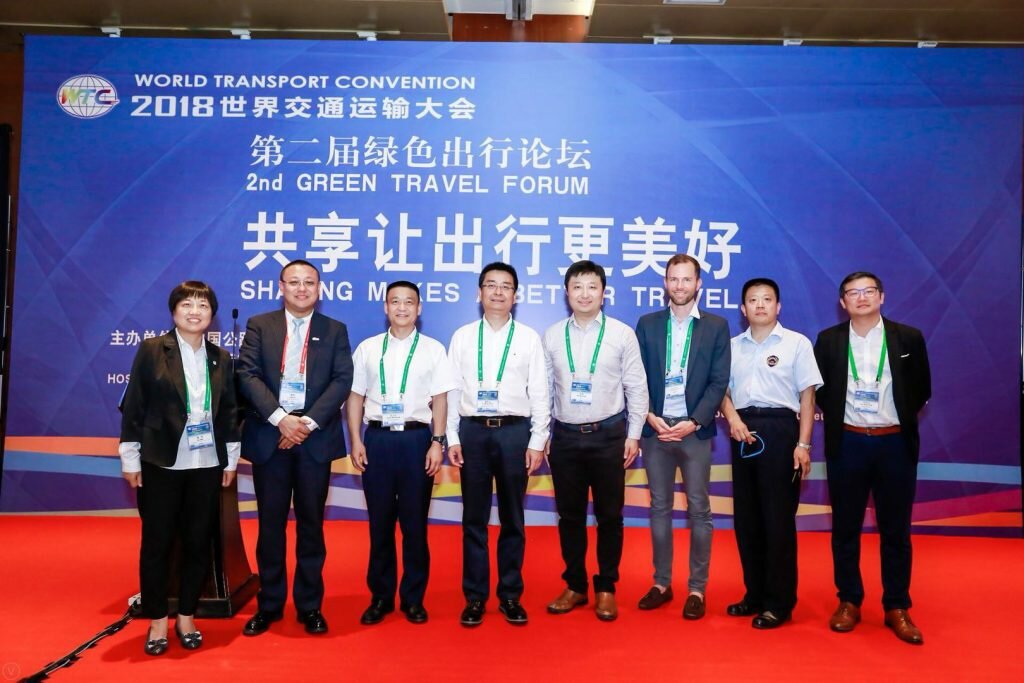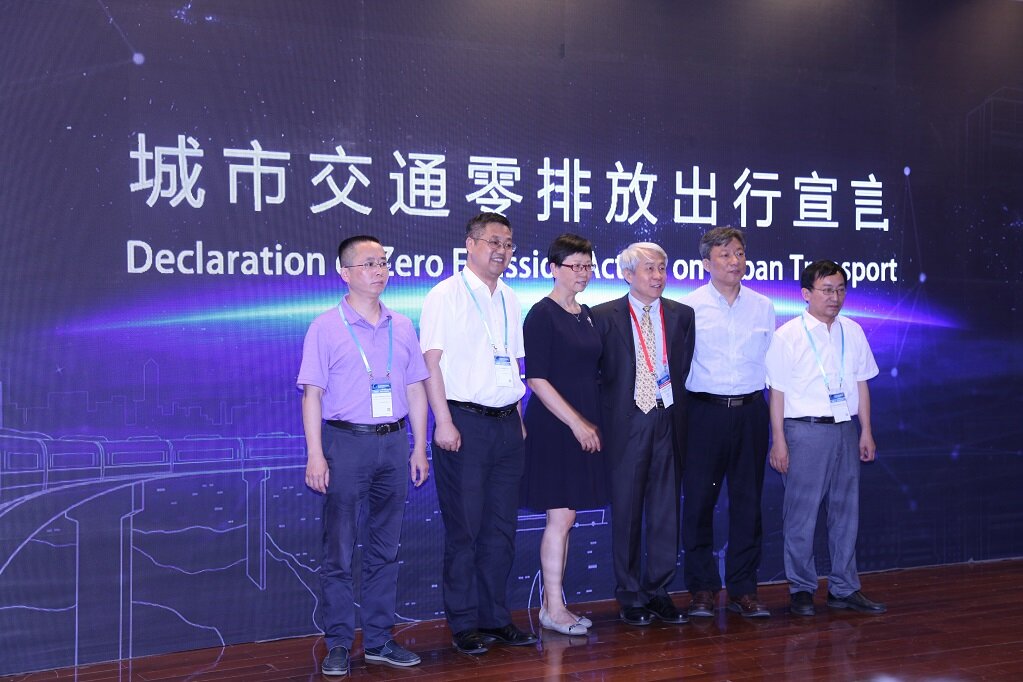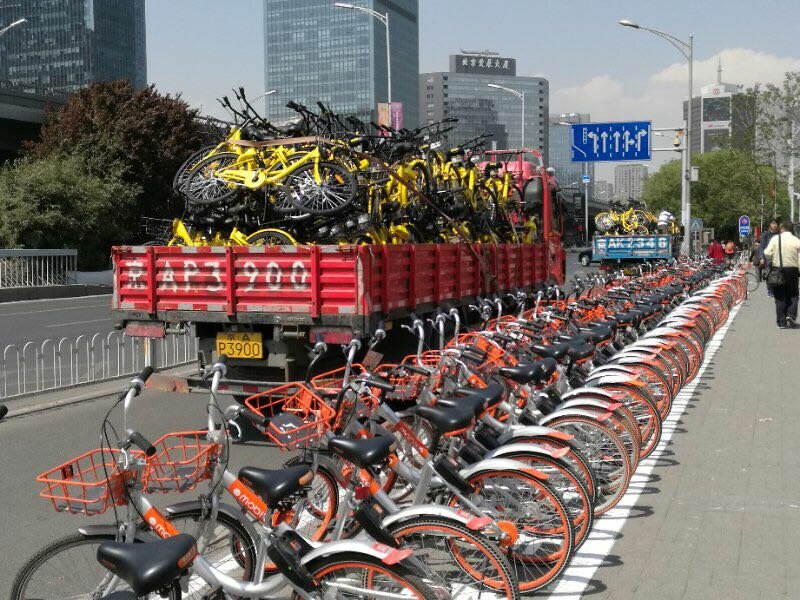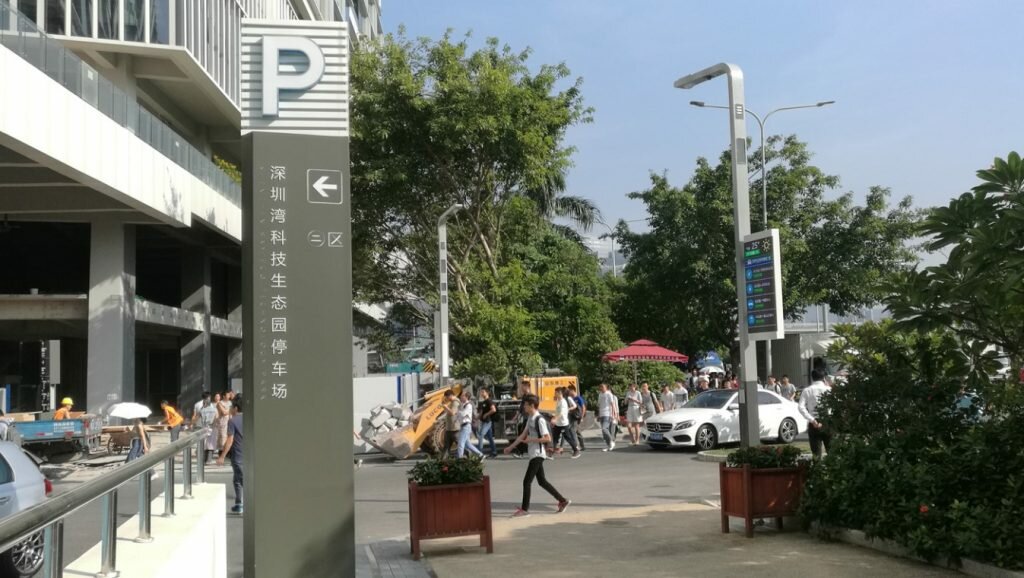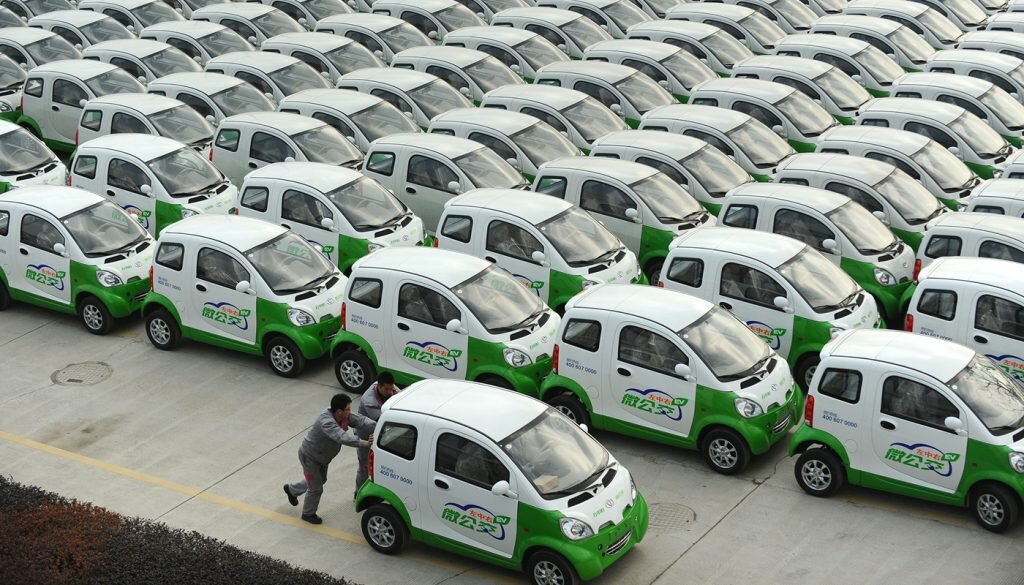China’s rapid development in mobility and digitalization China is increasingly recognized as an innovation leader in mobility and digitalization. Companies in mobility services, like Didi or Meituan, in NEV vehicles, such as BYD or Foton, or in technology, like Huawei or Baidu, have sparked global interest in how China is creating an ecosystem to build the future in digitalization and in mobility. In order to better understand how Chinese and Germans can cooperate and learn from each other in mobility and digitalization, the German state of Hesse has sent a high-level delegation of businesspersons, scientists and policy makers led by Mathias Samson, State Secretary to the German Ministry of Economics, Energy, Transport and Regional Development, State of Hesse, to Beijing and Shenzhen from Sep 2 to Sep 7, 2018. The sustainable mobility team of GIZ China has supported and accompanied this trip. The delegation met with representatives from government (e.g.…
Zhongguancun. That is the name of the district in the north-west of Beijing, where more than a dozen billion-dollar “unicorn” startups set up their offices in the midst…
200 years ago, German inventor Philipp Moritz Fischer built the world’s first bicycle. Today, Germans own almost 74 million bikes and cover a distance of altogether nearly 25…
The evolution of free-floating bike-sharing in China Authors: Sebastian Ibold, Dr. Christoph Nedopil Review: Sandra Retzer, Tina Huang, Florian Ibold Since the explosive growth of free-floating bike-sharing in…
Can better transport create a better world? This question was at the heart of this year’s World Transport Convention. From 19-21 June 2018, Chinese and international companies, ministries,…
In order to reduce emissions and to boost industrial upgrading in the transport sector, China Academy of Transport Science (CATS) and the Asian Development Bank (ADB) jointly organized…
To jointly elaborate on how to make China’s cities cycling-ready, the GIZ “Mobility and Fuels Strategy as a Contribution to the Transport Transition in China”(MFS) project together with…
GIZ in China has been working with the Chinese cities of Shenzhen and Foshan since 2012 on low-carbon transportation. From April 9 to 10, two GIZ experts (Dr.…
[Image: Cenitt] Globally, the transport and mobility sector is undergoing a holistic transformation, due to technological innovation, new business models, changing customer demands and political pressure to tackle…
Interview with Dr. Wu Yue. Dr. Wu Yue is the chief engineer of the intelligent transport division at the Shenzhen Urban Transport Planning Center (SUTPC). Dr. Wu Yue…
